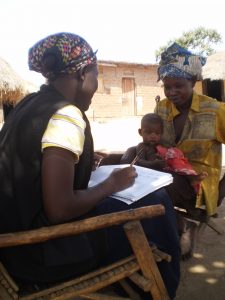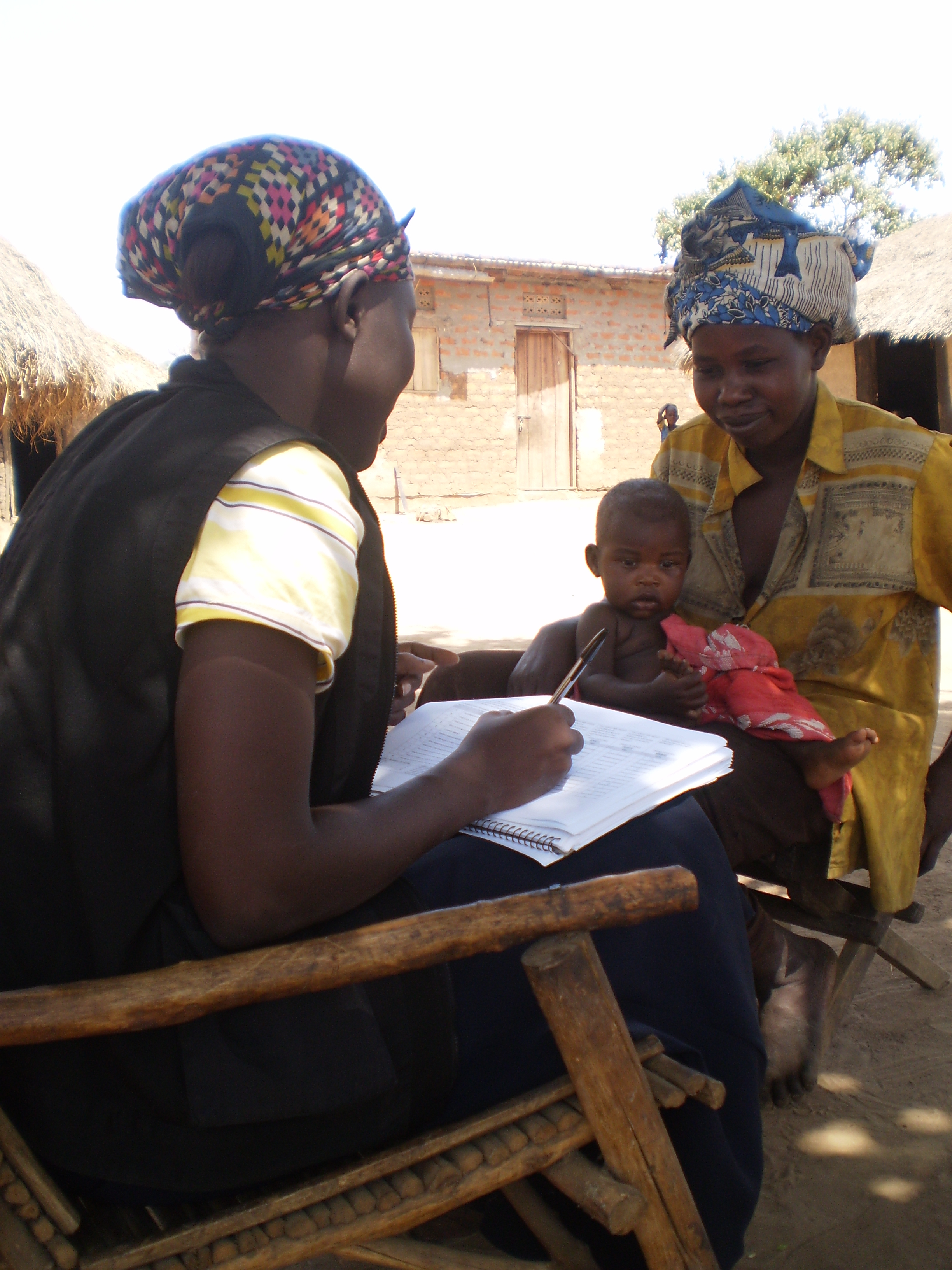
Collecting information for the WEAI survey in Uganda, 2012. Photo by Leah Natongi
Three new working papers just published by the World Bank Group analyze the three key constructs in women’s empowerment: time use, women’s agency, and ownership and control of assets. The papers are part of a broader collaboration among several researchers from the World Bank Gender Innovation Lab, the World Bank LSMS, the CGIAR Program on Policies, Institutions, and Markets led by the International Food Policy Research Institute, the International Rescue Committee, and Oxford University to improve the measurement of these constructs, known both for their centrality in the current policy debate on gender equality and for the challenges posed by their measurement. The collaboration aims to achieve three goals: (1) shed light on the relative quality of the existing methods of measuring these constructs; (2) design and test new ideas to measure these constructs; and (3) generate evidence on which measurement method is most appropriate given the policy and research question at hand.
The first paper, Measuring ownership, control, and use of assets by Doss et al, presents an overview of the current best practices for collecting individual-level data on the ownership and control of assets in household and farm surveys. It provides recommendations in three areas: (1) respondent selection; (2) definition and measurement of access to and ownership and control of assets; and (3) measurement of the quantity, value, and quality of assets.
The second paper, Measuring time use in development settings by Seymour et al, discusses the challenges associated with collecting time-use data in developing countries and suggests potential solutions, concentrating on the two most common time-use methods used in development settings: stylized questions and time diaries. The paper identifies a significant lack of rigorous empirical research comparing these methods in development settings, and begins to fill this gap by analyzing data from Women’s Empowerment in Agriculture Index surveys in Bangladesh and Uganda.
The third paper, Measuring women's agency by Donald et al, proposes a multidisciplinary framework containing the three critical dimensions of agency: goal-setting, perceived control and ability ("sense of agency"), and acting on goals. For each dimension, the paper (1) reviews existing measurement approaches and what is known about their relative quality; (2) presents new empirical evidence from Sub-Saharan Africa; and (3) highlights priorities for future research to improve the measurement of women’s agency.
Citations
Doss, Cheryl; Kieran, Caitlin; Kilic, Talip. 2017. Measuring ownership, control, and use of assets. Policy Research working paper; no. WPS 8146. Washington, D.C.: World Bank Group. https://documents.worldbank.org/curated/en/934731500383137028/Measuring-ownership-control-and-use-of-assets
Seymour, Greg; Malapit, Hazel Jean; Quisumbing, Agnes R. 2017. Measuring time use in development settings. Policy Research working paper; no. WPS 8147. Washington, D.C.: World Bank Group. https://documents.worldbank.org/curated/en/443201500384614625/Measuring-time-use-in-development-settings
Donald, Aletheia Amalia; Koolwal, Gayatri B.; Annan, Jeannie Ruth; Falb, Kathryn; Goldstein, Markus P. 2017. Measuring women's agency. Policy Research working paper; no. WPS 8148. Washington, D.C.: World Bank Group. https://documents.worldbank.org/curated/en/333481500385677886/Measuring-womens-agency



